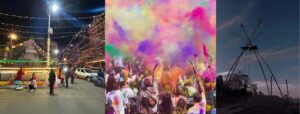Three Passes Trek Route Facts- Embark on a journey of a lifetime with the Three Passes Trek! This thrilling trekking route in the Everest region of Nepal is not for the faint of heart but the rewards are simply breathtaking. Over the course of the trek, you’ll conquer three towering mountain passes – Renjo La (5,360m), Cho La (5,420m), and Kongma La (5,535m). Brace yourself for an adrenaline-pumping adventure where the stunning scenery and cultural richness will take your breath away. Join us as we delve into the unforgettable highlights of the Three Passes Trek.
Route
The Three Passes Trek is a popular and challenging trek in the Khumbu region of Nepal. It is a circuit trek that typically starts and ends in Lukla, a small town with an airport that serves as the gateway to the Everest region. The trek takes around 19-21 days to complete, depending on the pace of the trekker and the acclimatization needed.
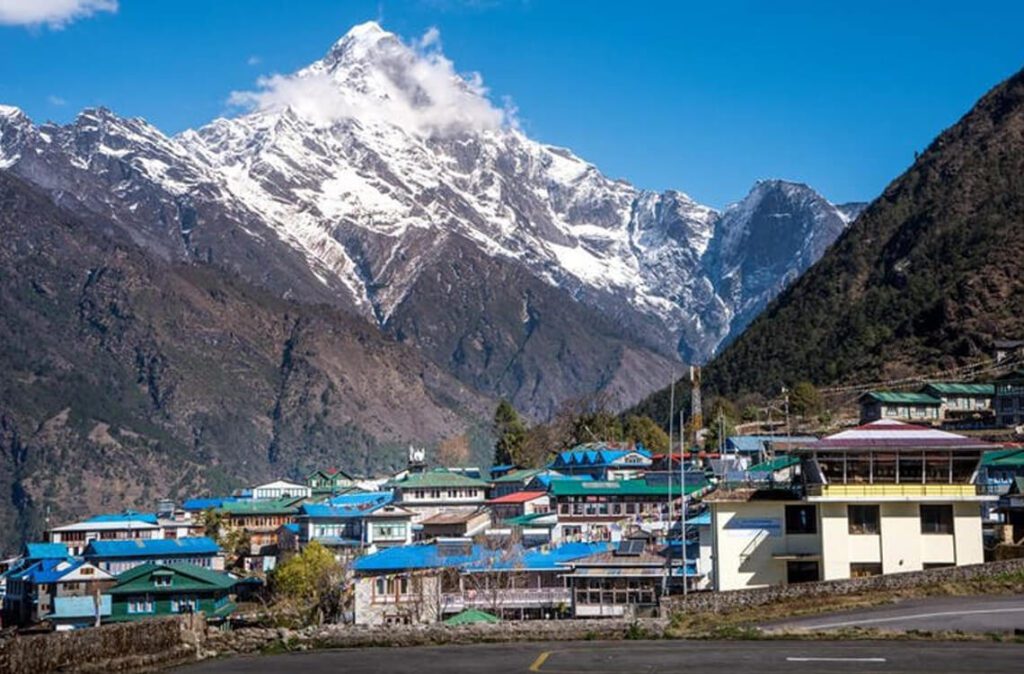
Three Passes Trek Route Facts: The trek route passes through three high passes: Renjo La Pass (5,360m), Cho La Pass (5,420m), and Kongma La Pass (5,535m). These passes offer stunning views of the surrounding peaks, including Everest, Lhotse, Nuptse, and Ama Dablam. Crossing these passes requires a good level of fitness and acclimatization as the altitude can make the trek quite challenging.
Aside from the high hills, the road passes through various scenic settlements such as Namche Bazaar, Gokyo, and Dingboche. Namche Bazaar is a lively town with a vibrant market that is sometimes regarded as the entryway to the Khumbu area. Gokyo is a tiny settlement at the foot of Gokyo Ri, a prominent viewpoint with breathtaking views of the Himalayan range. Dingboche is another lovely town with views of Lhotse and the Ama Dablam mountain.
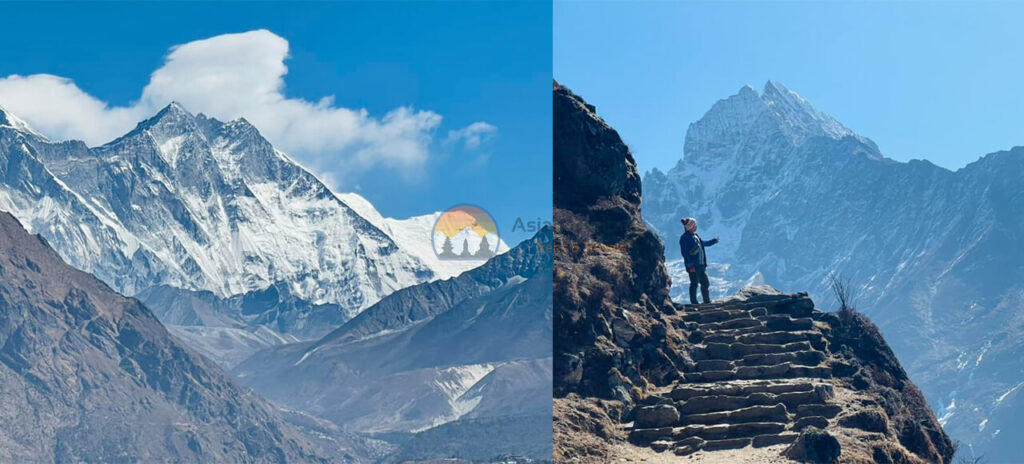
The Three Passes Trek offers trekkers an opportunity to experience the beauty of the Everest region while challenging themselves with high-altitude passes. The trek requires a good level of physical fitness and acclimatization, and it is important to take the necessary precautions to avoid altitude sickness. The trek also offers a chance to interact with the local Sherpa community and learn about their unique culture and way of life.
Also Read: Top 10 Bird-Watching Places in Nepal
Difficulty
Three Passes Trek Route Facts- The Three Passes Trek is considered one of the most challenging trekking routes in Nepal. It is a high-altitude trek that requires a good level of fitness and experience to complete. The trek is physically demanding and involves long days of walking, steep climbs and descents, and potentially difficult weather conditions. Here are some specific factors that contribute to the difficulty of the trek:
Altitude
As mentioned earlier, the Three Passes Trek reaches elevations above 5,000 meters. At high altitudes, the air contains less oxygen, which can make breathing more difficult and cause altitude sickness. Symptoms of altitude sickness can range from mild headaches and nausea to more severe symptoms such as dizziness, fatigue, and difficulty breathing. Trekkers need to take proper precautions to prevent altitude sickness, such as acclimatizing properly, staying hydrated, and taking altitude sickness medication if necessary.
Steep ascents and descents
The trail includes several steep ascents and descents, which can be physically demanding, especially at high altitudes. Some parts of the trail are very steep and require the use of hands to climb. Trekkers should have good balance and coordination, as well as comfortable footwear with good traction. Trekking poles can also be helpful in reducing the impact on knees and improving balance.

Distance and Duration
The Three Passes Trek is a long trek that takes around 19-21 days to complete. Trekkers will be walking for several hours each day, often on uneven terrain, which requires stamina and endurance. It is important to train properly beforehand, including cardiovascular and strength training, to build up endurance and reduce the risk of injury.
Weather Conditions
The weather in the Everest region can be unpredictable and harsh, especially at high altitudes. Trekkers should be prepared for cold temperatures, snow, and strong winds, which can make the trek even more challenging. Proper gear, such as warm clothing, waterproof and windproof jackets and pants, and sturdy hiking boots, is essential for staying comfortable and safe in changing weather conditions.
Highlights
Three Passes Trek Route Facts: The Three Passes Trek is known for its breathtaking scenery, and trekkers will have the opportunity to see some of the most iconic peaks in the Himalayas, including Mount Everest, Lhotse, Nuptse, Ama Dablam, and many others. The trail passes through some of the most spectacular mountain landscapes in the world, with views of towering peaks, deep valleys, and glaciers.
In addition to the stunning scenery, the Three Passes Trek also offers a unique cultural experience. The region is home to the Sherpa people, who have a rich cultural heritage and are known for their hospitality and warmth. Trekkers will have the opportunity to visit traditional Sherpa villages and interact with the locals, learning about their way of life and customs. They will also have the chance to visit ancient monasteries and temples, such as Tengboche Monastery, which is the largest monastery in the region and a center of Sherpa culture and religion.

The region is also home to a diverse range of flora and fauna. Trekkers may see Himalayan Thar, musk deer, and snow leopard, as well as a variety of bird species, including the Himalayan monal, the national bird of Nepal.
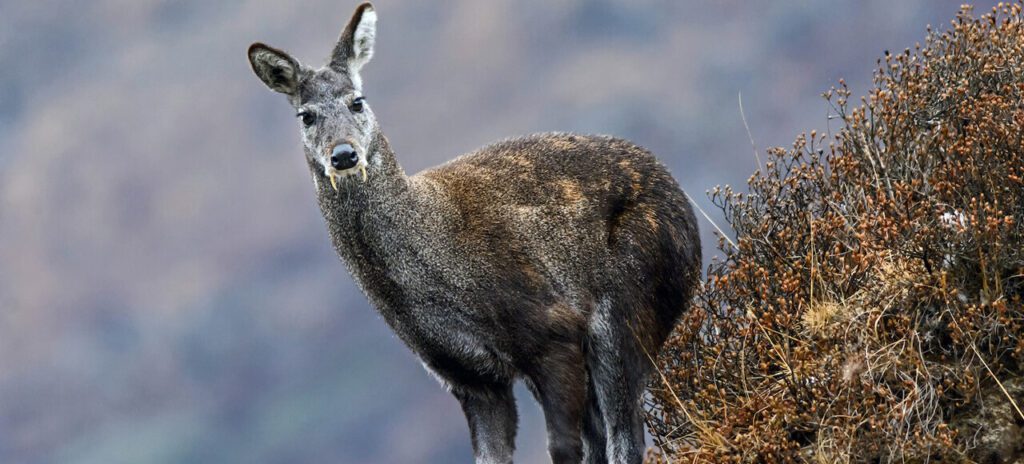
The region is also home to a variety of alpine flowers and plants, which add to the beauty of the landscape.
Accommodation
The Three Passes Trek (Three Passes Trek Route Facts) offers a range of accommodation options to suit different preferences and budgets. The most popular option is to stay in teahouses or lodges, which are basic guesthouses that are located along the trekking route. These teahouses offer simple rooms with twin beds and shared bathrooms. The rooms are usually clean and comfortable, with basic amenities such as blankets, pillows, and a small table. Trekkers can also get hot showers and charge their electronic devices for a small fee.
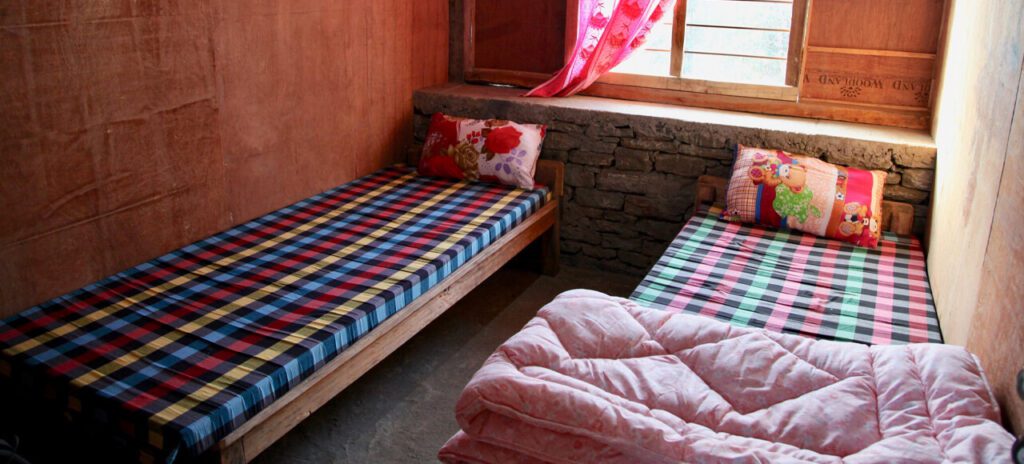
Teahouses also offer meals, with a variety of options such as Dal Bhat (a traditional Nepali meal consisting of rice, lentil soup, and vegetables), noodles, pasta, and fried rice. The food is usually simple but delicious, and many teahouses also offer snacks such as biscuits, chocolates, and tea or coffee.
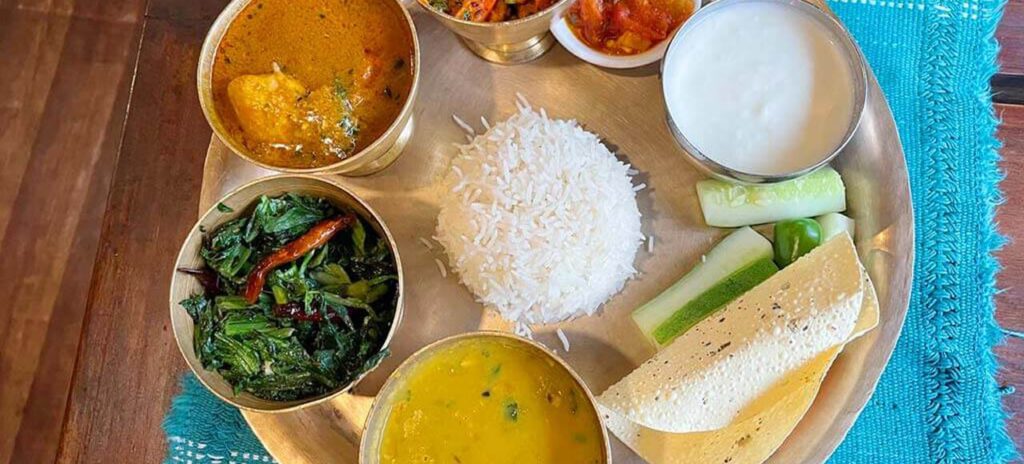
Another option for accommodation is camping, which requires more equipment and support. Trekkers need to carry their own tents, sleeping bags, and cooking equipment, and hire a cook and porters to carry the gear. Camping allows for more flexibility in terms of itinerary and meal options but requires more planning and preparation.
Permit
Three Passes Trek Route Facts: To enter the Three Passes Trek Route, obtaining a Sagarmatha National Park permit is a prerequisite for all trekkers is a fact. This protected area encircling Mount Everest requires a permit fee, which goes towards the conservation of the park. Trekkers can obtain the permit either from the Sagarmatha National Park entrance gate in Monjo or the Nepal Tourism Board, with a cost of NPR 3000 per person.
Moreover, trekkers must acquire a Trekkers’ Information Management System (TIMS) card, designed to aid trekkers with information and support. The TIMS card serves the purpose of tracking the movement of trekkers and providing emergency assistance if required. One can obtain this card from the Nepal Tourism Board or any TIMS counter situated in Kathmandu or Pokhara.
Lastly, if trekkers opt for independent trekking, they should obtain permits for the three passes: Renjo La, Cho La, and Kongma La. These permits can be acquired from the Nepal Tourism Board or the respective entrance gates of each pass.
Best time to go
Three Passes Trek Route Facts- The Three Passes Trek is best done during the two main trekking seasons in Nepal: from March to May (spring season) and from September to November (autumn season). During these months, the weather is generally clear and stable, with mild temperatures during the day and cold temperatures at night. The skies are often blue, and the views of the Himalayas, including Mount Everest, Lhotse, Nuptse, and Ama Dablam, are spectacular.

In the spring season, the trekking route is adorned with colorful rhododendron flowers, which are in full bloom during this time. The autumn season, on the other hand, is a drier period with clearer skies, and it’s the best time for photography enthusiasts. These seasons also coincide with several Nepalese festivals, such as the Holi festival in March and the Dashain festival in October, which add an extra layer of cultural experience to the trek.
However, as with most popular trekking routes in Nepal, the crowd can fill the trail during the peak season, especially in the Everest Base Camp section of the trek. Limited accommodation may also be a concern, so it’s advisable to book in advance, especially during the peak months of April and October. Trekkers should also prepare for colder temperatures at higher elevations and the possibility of snowfall at the passes during the spring season.
Let our expert team at Asian Heritage Treks and Travel take care of everything — from guided tours to personalized packing tips and travel arrangements.
Plan a fun adventure






